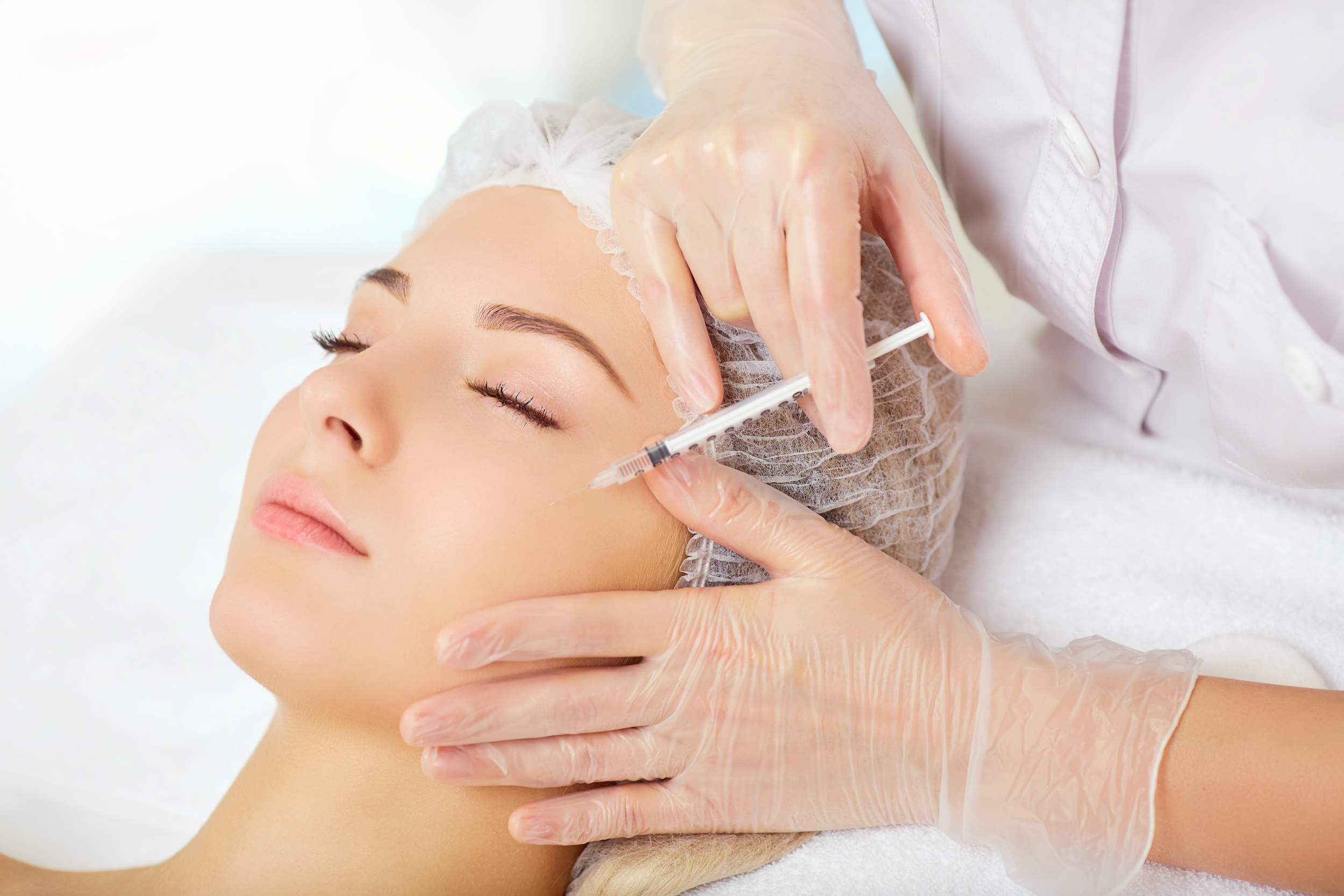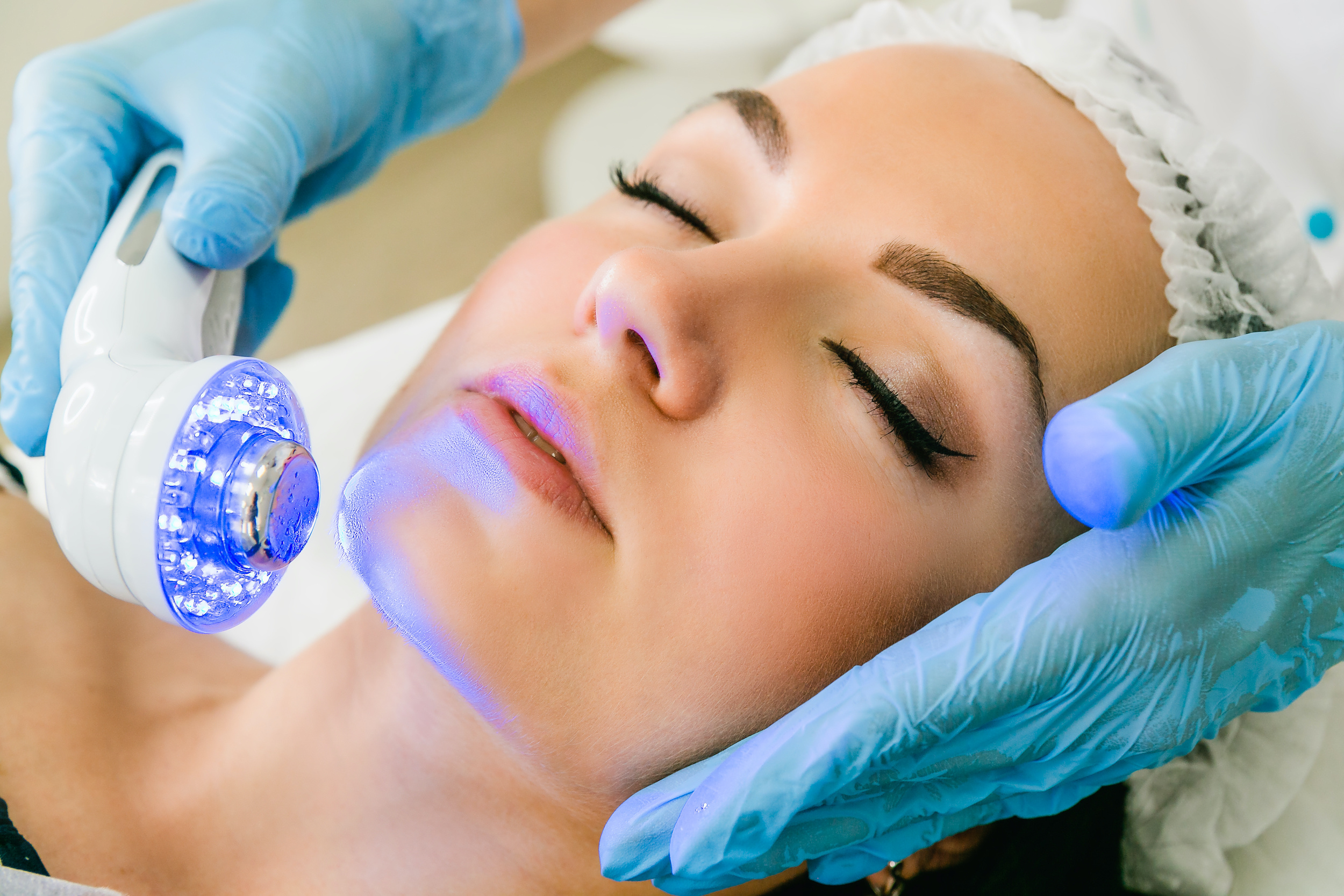COSMETIC
DERMATOLOGY
Cosmetic Dermatology
In addition to providing great surgical and general dermatology, Southwest Skin and Cancer also provides cosmetic dermatology. We all want smooth, beautiful skin, but few are actually blessed with it naturally. From acne to hair removal , wrinkles to age spots, we all have the little imperfections that get in the way of the perfect skin we desire. We can help you achieve the skin you have always wanted and can help you address cosmetic issues you have with your skin, hair, and nails helping you revitalize them to their best appearance. We have many of the treatments options including chemical peels, microdermabrasion, fillers, injections, lasers and light treatments. We have trained technicians who can assist you in finding a treatment plan that is best for you, to get your skin looking the way you’ve always dreamed. Contact us today to schedule an appointment!
Chemical Peels
Microdermabrasion
Botox, Dysport, Xeomin
Kybella Treatments
Laser Treatments
Light Treatments
Restylane, Juvederm, Sculptra
Brown & Red Spot Removal
Microneedling
Definitely recommend to all family and friends! They have personally helped me mainly with cosmetics (acne, laser hair removal, etc) and have been wonderful to work with. The staff is caring and listens well to my concerns and needs. The doctors and PA’s are great as well! Helped many family members whether removing warts, skin cancers, or rashes. I definitely would recommend Dr Austin Smith who’s a very sociable, personable guy, or Tim Nowatzke (PA) for anyone looking for a time efficient appointment.
Kylee H.
Frequently Asked Questions
Dermatologists are doctors with added training that allows them to diagnose and treat disease of the skin, hair, nails and mucous membranes. Dermatologists treat skin cancers, moles, warts, fungal infections, psoriasis, acne, dry skin, contact dermatitis and other skin conditions. Dermatologists are also surgeons, who can prevent or provide early control of disease.
Periodic self-examinations aid in recognition of any new or developing lesion. Become familiar with your skin and your own pattern of moles, freckles and beauty marks. Make sure to look at your entire body every month or two. Watch for changes in the number, size, shape and color of pigmented areas. Warning signs to look for include changes in the surface of a mole; scaliness, oozing, bleeding or the appearance of a new bump; spread of a pigment from the border of a mole into the surrounding skin; change in sensation (i.e., itchiness, tenderness, pain).
- Generously apply sunscreen to all exposed skin, including lips.
- Wear protective clothing such as long sleeves, a wide-brimmed hat, and sunglasses if possible.
- Seek shade between the hours of 10:00AM-4:00PM. The suns rays are the strongest during these times.
- Use extra caution near water, snow and sand because they reflect the damaging rays of the sun, increasing risk of sunburn.
- Get Vitamin D through vitamin supplements.
Petrolatum, an ingredient in many lotions, creams and ointments, is an excellent moisturizer. Other ingredients such as urea, alpha hydroxy acids, lactic acid, and ammonium lactate help the skin hold water.
Dry, itchy skin can be treated with a moisturizer after bathing, while the skin is still damp. Bathing less frequently and using milder soaps or a soap substitute, or soaking in a tub of warm water without soap can help relieve dry skin.











